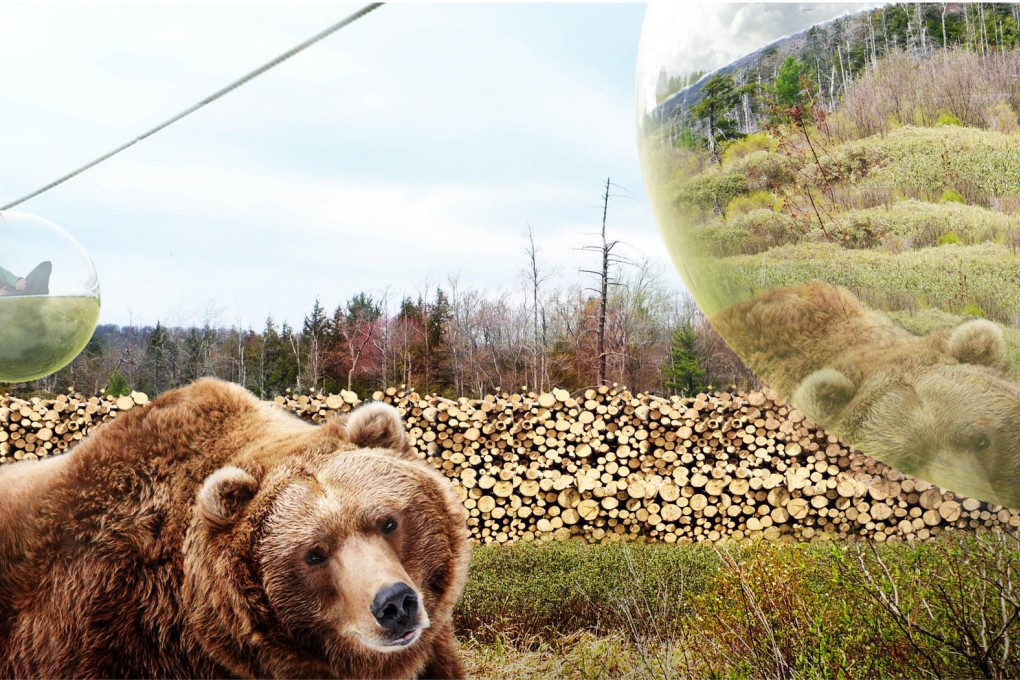
The human population is projected to hit nine billion by 2050. That makes Harvard scientist Dr E.O. Wilson's recent proposal that we devote half of the planet to wildlife to avoid a "biological holocaust" on the scale of the dinosaurs' extinction appear fanciful.
But a step in the direction of overturning humans' woeful exploitation of other species has been taken by Denmark's Bjarke Ingels Group (Big). The Copenhagen-based architects have suggested a radical rethink of the traditional zoo in the Danish town of Givskud.
Built in the 1960s, the zoo already features a "drive-through" safari park-style attraction - but the plans for its overhaul, envisaged by Ingels, will realise something entirely different.
"It's a question of trying to create successful cohabitation between humans and other species," says Ingels. "We have designed lots of condos and other housing for humans, but to have new species to design for is interesting, because different animals behave differently.
"Some can be contained with simple measures, whereas others are Houdinis and can escape from almost anything."
Containment and making a break for it would seem to be distant concerns, however, given Ingels' vision for what will become known as Zootopia when it opens in 2019, on the zoo's 50th anniversary. Free of pens, cages and concrete enclosures, the animals will roam across 120 hectares of crafted wilderness without suspecting they are being watched, says Big.
Human intrusion will be prevented by use of hiding places, reversing the usual dynamic of visitor and "inmate", and extending that sensation of openness in the animals' habitat that characterises, for example, Singapore Zoo.
